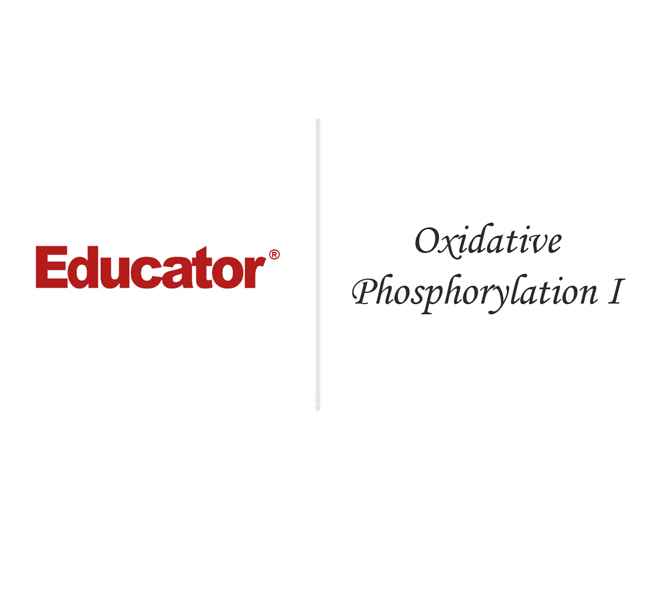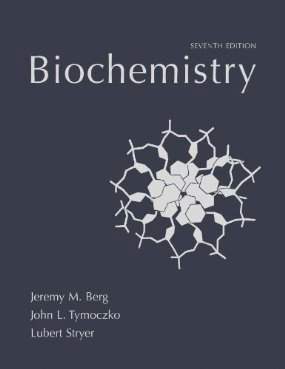Connecting...

For more information, please see full course syllabus of Biochemistry
Biochemistry Oxidative Phosphorylation I
The electrons collected from the catabolism of fatty acids, proteins, and carbohydrates are funneled into the electron transport chain where they are used to synthesize adenosine triphosphate (ATP) through oxidative phosphorylation. Oxygen is reduced to water, and the free electrons pump hydrogen ions from one side of the membrane to the other, creating an electrochemical potential difference. When the protons equalize, the extra energy is used to phosphorylate ADP to ATP. The electrons from the citric acid and other cycles flow into complex 1 and then to ubiquinone. Ubiquinone passes the electrons to complex 3 and then to cytochrome C. They flow into complex 4 which reduces oxygen to water and pumps the hydrogen ions. This lecture explains the structures and functions of complexes 1 and 2 and several enzymes.
Share this knowledge with your friends!
Copy & Paste this embed code into your website’s HTML
Please ensure that your website editor is in text mode when you paste the code.(In Wordpress, the mode button is on the top right corner.)
- - Allow users to view the embedded video in full-size.










































 Answer Engine
Answer Engine




0 answers
Post by Sara Tee on September 18, 2020
Hello Raffi,
Why is Complex II not a proton pump?
Is it because the redox at complex II does not give off free Energy to transport H+?
For complex I. is it correct to say per 1 atom of NADH oxidized, 4 H+ protons get pumped out?
Is the reason for 4H+ ions instead of 3 or 5H+ ions because the redox rxn gives off the quantity of Energy equal to that of the movement of 4 ions?
Are these 4 H+ protons from the environment? are 2 H+ not from NADH?
Many thanks!
1 answer
Thu Sep 17, 2020 12:58 PM
Post by Sara Tee on September 14, 2020
Hello Dr Raffi,
At 23:22 (reduction of Ubiquinone by NADH), I am trying to contrast it with the reduction of NAD+:
-Reduction of NAD+: 2H+ & 2e- --> H- (hydride) attaches on the Carbon of NAD+; H+ goes to the environment
-Reduction of Ubiquinone Q: 2H+ & 2e- --> 2 H atoms attach to the 2 Carbonyl Oxygen; no H+ get released
I am not understanding how 1H+ & 1e- goes into the reduction of Q:
-are H+ & e- both from NADH?
-for reduction of NAD+, are H+ & e- both from substrate?
-why is it written as H+ & e- instead of H dot atom?
Many thanks!!
Sara
1 answer
Sun Jul 28, 2019 8:50 PM
Post by Swati Sharma on July 26, 2019
Dear Dr Rafii,
Complex 2 is not a proton pump? it does not pump any protons right?
1 answer
Fri Jul 26, 2019 1:11 AM
Post by Swati Sharma on July 25, 2019
Beautifully and perfectly explained.